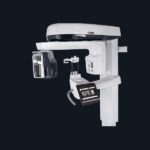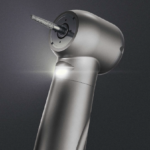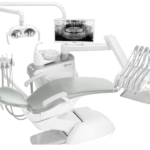
A Lipid Profile Test is one of the important tests that help to measure the levels of cholesterol and other fats in the blood.
A doctor can order a lipid profile test, lipid panel, or lipid profile to measure the cholesterols.
Cholesterol is a waxy substance the body needs to produce certain hormones and build the outer membrane of every cell.
Though a certain level of cholesterol is important, too much of it can build up in the blood vessels.
Moreover, it can raise the risk of heart disease, stroke, and atherosclerosis, i.e. a clogging or hardening of the arteries.
According to the Centers for Disease Control and Prevention, CDC, beginning cholesterol testing in childhood or adolescence is important.
Also, a person should get retests at least every 5 years after the age of 20.
Keep on reading to learn more.
Lipid Profile Test: What does it Measure?
A complete cholesterol test helps to measure the levels of lipids or fats in the body.
It primarily measures the following:
High-Density Lipoprotein, HDL Cholesterol
HDL cholesterol or also known as “good” cholesterol helps to remove LDL cholesterol from the blood.
Low-Density Lipoprotein, LDL Cholesterol
LDL cholesterol is aslo referred to as “bad” cholesterol.
It is important to note that too much of it can cause cholesterol to build up on the walls of the arteries.
Moreover, it can raise the risk of the following:
- heart attack
- stroke
- atherosclerosis

Triglycerides
When a person eats, the body breaks down the fat in the food into smaller molecules: Triglycerides.
High levels of triglycerides in the blood can increase the risk of cardiovascular disease.
Having obesity or unmanaged diabetes, drinking too much alcohol, and eating a high calories diet can also contribute to high triglyceride levels.
Very Low-Density Lipoprotein, VLDL
It is important to note the blood also contains another type of cholesterol linked to an increase in the risk of cardiovascular disease: VLDL.
Moreover, VLDL is often not mentioned on cholesterol tests as it is not directly measured.
Instead, the experts calculate the VLDL levels by assuming VLDL levels are 20% of the triglyceride levels.
VLDL levels are, however, not used to determine treatment for elevated cholesterol.
Total Cholesterol
This is the total amount of cholesterol in the blood.
Furthermore, it is the sum or measures the amount of LDL, HDL, and VLDL cholesterol.
Total cholesterol and HDL cholesterol are the only levels that are directly measured.
Both type of fat: LDL, and VLDL are calculated values depending on the measurement of the total cholesterol, HDL, and triglycerides.
Learn more about Medical Diagnostic Imaging here.
Normal Range
In the United States, cholesterol and triglyceride levels are measured in milligrams, mg of cholesterol per deciliter, dL of the blood.
Cholesterol test results
Ideal results for most adults are as follows:
- LDL: less than 100 mg/dL
- HDL: 40 to 60 mg/dL (a higher number is better)
- Total cholesterol: less than 200 mg/dL
- Triglycerides: less than 150 mg/dL
- VLDL levels: under 30 mg/dL
In case the cholesterol number of the peris is outside of the normal range, they may be at a higher risk of heart disease, stroke, and atherosclerosis.
Moreover, the doctor can consider other factors like the family history of the patient, weight, and exercise levels, to determine the risk.
If the test results are abnormal, the doctor may order a blood glucose test to check for diabetes.
They may also order thyroid function tests to find if the thyroid is underactive.
Can the Results be Wrong?
It is important to note that in some cases, cholesterol test results can be wrong.
For instance, a recent study indicates that the assumption that VLDL levels are 20% of triglyceride levels is less accurate when triglyceride levels exceed 400 mg/dL.
Factors like improper fasting, medications, human error, and a variety of other factors can cause the test to produce false negative or false positive results.
Therefore, testing both the HDL and LDL levels often produces more accurate results than checking LDL levels alone.
Who should have Lipid Profile Test?
Cholesterol testing is important for a person who has:
- a family history of high cholesterol or heart disease
- is overweight or obese
- drink alcohol frequently
- smoke cigarettes
- leads an inactive lifestyle
- have diabetes, kidney disease, polycystic ovary syndrome, or an underactive thyroid gland.

Moreover, according to the recommendations of the CDC, a healthy person should get tests every 4 to 6 years.
However, people with a family history of high cholesterol or other risk factors may need to get more often tests.
The CDC also recommends that children, adolescents, and young children should also have their cholesterol levels checked once between the ages of 9 and 11.
And again between the ages of 17 and 21.
Preparing for the Test
In some cases, the doctor can ask the person to fast before testing the cholesterol levels.
However, according to 2018 guidelines in the Journal of the American College of Cardiology, a nonfasting test can accurately detect high cholesterol or lipids in adults over the age of 20.
This is for those who are not taking medications to lower their lipid levels.
However, if the patient does need to fast, they should avoid eating or drinking anything other than water for 9 to 12 hours before the test.
Before the test, the person should inform the doctor about the following:
- any symptoms or health problems they may be experiencing
- family heart health history
- all medication and supplements that they are currently taking
However, if the person is taking medications that can increase the cholesterol levels like birth control pills, the doctor may ask them to stop taking such medications for a few days before the test, according to American Heart Association.
Learn more about Kidney Dialysis, Types, Working, Procedure, and More here.
Lipid Profile Test: Procedure
To check the cholesterol levels, the doctor will need to get a blood sample.
In most cases, the doctor or nurse will draw the blood in the morning, while in some cases, after fasting since the night before.
Moreover, a blood test is an outpatient procedure and it often takes only a few minutes and tends to be relatively painless.
It is often performed at a diagnostic lab.
In some cases, however, the doctor can perform it during a regular doctor visit, at a local pharmacy, or even at home.
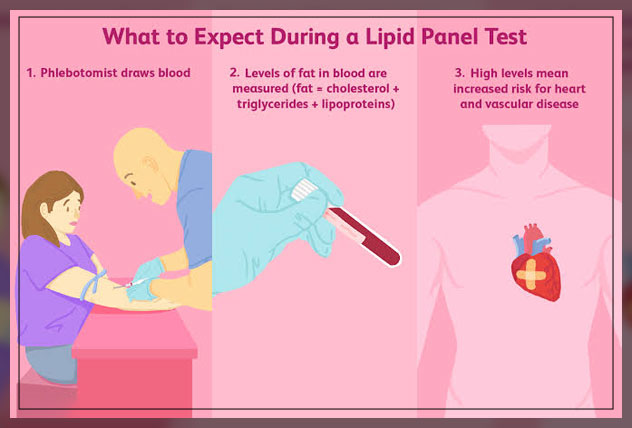
One of the important things to note is that walk-in clinics, cholesterol testing at a local pharmacy, and at-home tests can cost differently.
However, if a person has health insurance, when the doctor orders cholesterol tests, the health insurance of the person partially or fully covers it.
There are very few risks associated with having blood drawn for a cholesterol test.
The person may feel slightly faint or have some soreness or pain at the site when the doctor or nurse draws the blood.
There is also a very slight risk of infection at the puncture site.
Learn more about Medical Items: Guide here.
Are home Cholesterol Tests Reliable?
The reliability of the home cholesterol tests can vary depending on the brand.
Factors like how well a person follows the test instructions also affect the reliability of the test.
According to a study, two point-of-care lipid testing devices are relatively accurate and a person can operate them within th industry standards.
This means that:
- HDL levels are within 12% of the result of lab testing
- total cholesterol is within 10%
- triglyceride levels are within 15%
Another study in which researchers analyze the performance of five types of commercially available home cholesterol tests shows that:
Roche Accutred Plus test tends to have an excellent performance, however, several of the other products have poor accuracy and diagnostic ability.
The researchers conclude that better regulation and standardization are also important for at-home cholesterol tests.
For the most reliable results, laboratory testing might still be the best option, especially if the person has the risk factors for high cholesterol.
Lifestyle Changes and Treatment
A person can treat high cholesterol with the help of lifestyle changes and medications.
Lowering th LDL can help reduce the risk of a heart condition and other related issues.
To help lower bad cholesterol, a person can:
Consider Quitting Smoking
Talking with the doctor about how a person can create a smoking cessation plan that works for them can help.
A Balanced Diet
A person should focus on eating a balanced diet that consists of unprocessed foods.
Try eating a wide variety of vegetables, fruits, whole-grain products, low-fat dairy products, and lean sources of protein.
Moreover, a person should try to increase the intake of soluble fiber and limit the intake of foods high in saturated fats like butter, cream, meat, and palm oil.
Trans Fat
It is important to note that artificial trans fats tend to be hazardous to the heart and health.
Therefore, one should read food labels and avoid foods that list partially hydrogenated items on the ingredient list.
Exercise Regularly
Aim for at least 150 minutes of moderately intense aerobic activity per week.
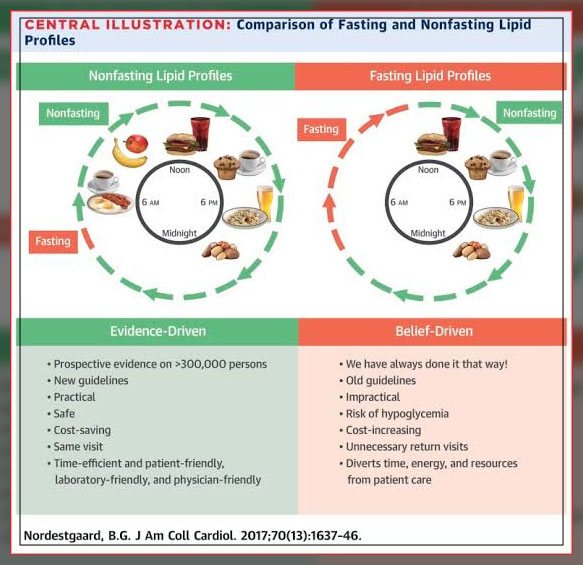
This works out to about 22 minutes of exercise per day.
Maintain a Moderate Weight
Carrying too much weight is one of the main risk factors for high cholesterol.
A person should talk with the doctor about what a healthy weight range is for them.
Limit Alcohol Consumption
Heavy alcohol consumption is one of the leading factors of different types of disease.
These include heart disease, high cholesterol, liver disease, and certain cancer.
The doctor may put a person on a “therapeutic lifestyle change” or TLC diet.
With this diet plan, only 7% of the daily calories should come from saturated fat.
Moreover, it also requires a person to get less than 200mg of cholesterol from food each day.
Some foods that may help the digestive tract absorb less cholesterol and the doctor will encourage to eat more are:
- oats, barley, and other whole grains
- fruits like apples, pears, bananas, and oranges
- vegetables like eggplant and okra
- beans and legumes like kidney beans, chickpeas, and lentils
If changing lifestyle habits alone is not enough for a person to lower cholesterol levels, the doctor may recommend taking medications like statins.
These medications can help lower LDL levels.


